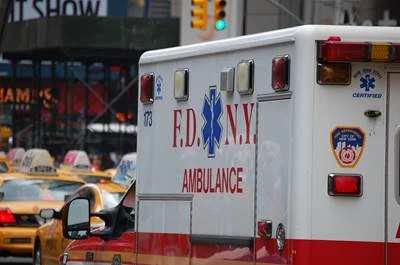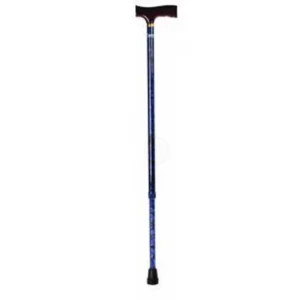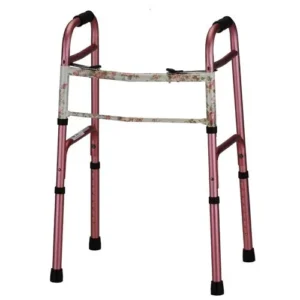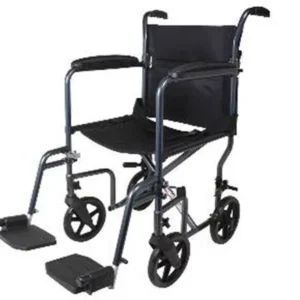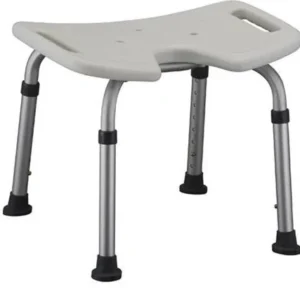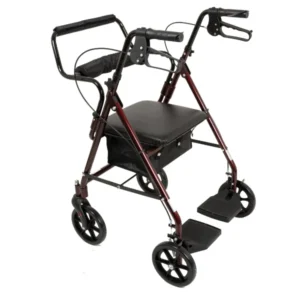We know that you care how information about you is used and shared and we appreciate your trust that we will do so carefully and sensibly. This notice describes our privacy policy. By visiting this site, you are accepting the practices described in this Privacy Notice.
This site gives you access to a broad range of information about your account and your interactions with this site for the limited purpose of viewing and, in certain cases, updating that information.
This site does not sell products for purchase by children. We sell children’s products for purchase by adults. If you are under 18, you may use this site only with the involvement of a parent or guardian.
If you choose to visit this site, your visit and any dispute over privacy is subject to this Notice and our Terms and Conditions of Use, including limitations on damages, arbitration of disputes, and application of the law of this state. If you have any concern about privacy at this site, please contact us with a thorough description and we will try to resolve it.
Our business changes constantly and our Privacy Notice and the Terms and Conditions of Use will change also. We may email periodic reminders of our notices and conditions, unless you have instructed us not to, but you should check our Web site frequently to see recent changes. Unless stated otherwise, our current Privacy Notice applies to all information that we have about you and your account. We stand behind the promises we make, however, and will never materially change our policies and practices to make them less protective of customer information collected in the past without the consent of affected customers.
You provide most such information when you search, buy, bid, post, participate in a contest or questionnaire, or communicate with customer service. For example, you provide information when you search for a product; place an order through this site or one of our third-party sellers; make an auction bid or purchase; provide information in your account (and you might have more than one if you have used more than one email address when shopping with us) or about you; communicate with us by phone, email, or otherwise; complete a questionnaire or a contest entry form; provide employer information when opening a corporate account. As a result of those actions, you might supply us with such information as your name, address, and phone numbers; credit card information; people to whom purchases have been shipped, including addresses and phone number; people (with addresses and phone numbers); email addresses of other people; content of reviews and e-mails to us; and financial information, including Social Security and driver’s license numbers.
Examples of the information we collect and analyze include the Internet protocol (IP) address used to connect your computer to the Internet; login; email address; password; computer and connection information such as browser type and version, operating system, and platform; purchase history, which we sometimes aggregate with similar information from other customers; the full Uniform Resource Locator (URL) clickstream to, through, and from our Web site, including date and time; cookie number; and products you viewed or searched for. During some visits we may use software tools such as JavaScript to measure and collect session information, including page response times, download errors, length of visits to certain pages, page interaction information (such as scrolling, clicks, and mouse-overs), and methods used to browse away from the page.
Examples of information we receive from other sources include updated delivery and address information from our carriers or other third parties, which we use to correct our records and deliver your next purchase or communication more easily; account information, purchase or redemption information, and page-view information from some merchants with which we operate co-branded businesses or for which we provide technical, fulfillment, advertising, or other services; search results and links, including paid listings (such as Sponsored Links from Google); and credit history information from credit bureaus, which we use to help prevent and detect fraud and to offer certain credit or financial services to some customers.
Examples of information you can access easily at this site include up-to-date information regarding recent orders; personally identifiable information (including name, email, password, communications preferences, and address book); payment settings (including credit card information and gift certificate, gift card, and check balances); email notification settings; guides, and personal profile.
